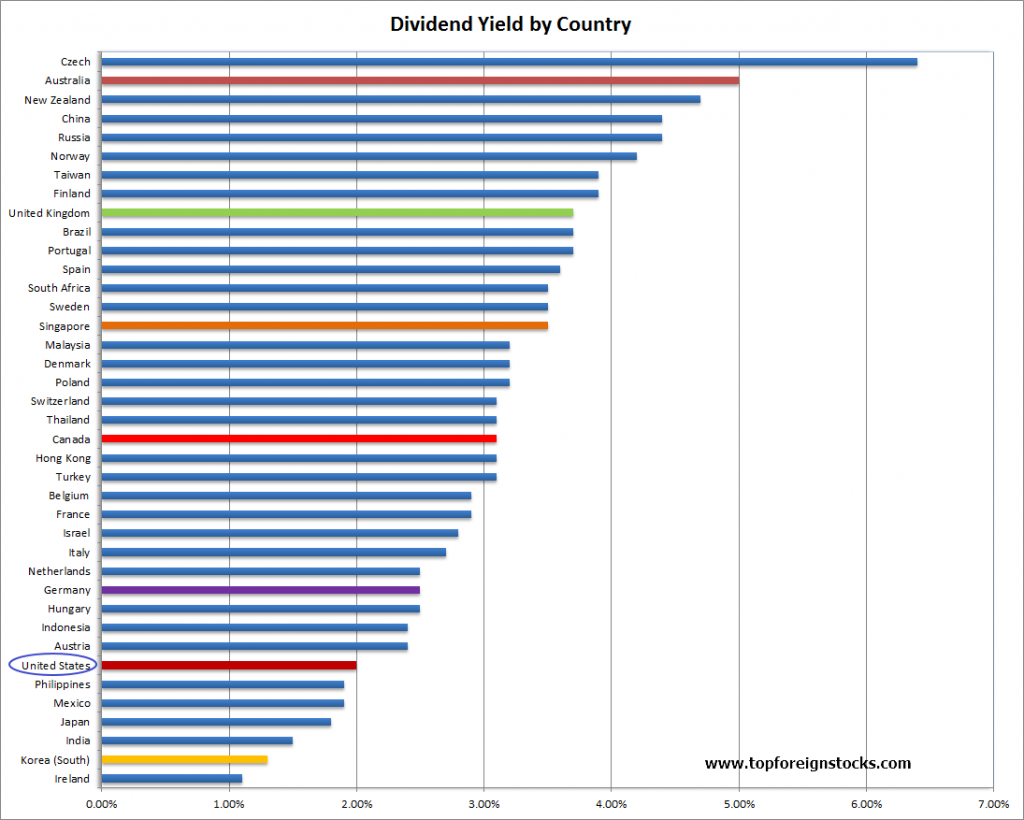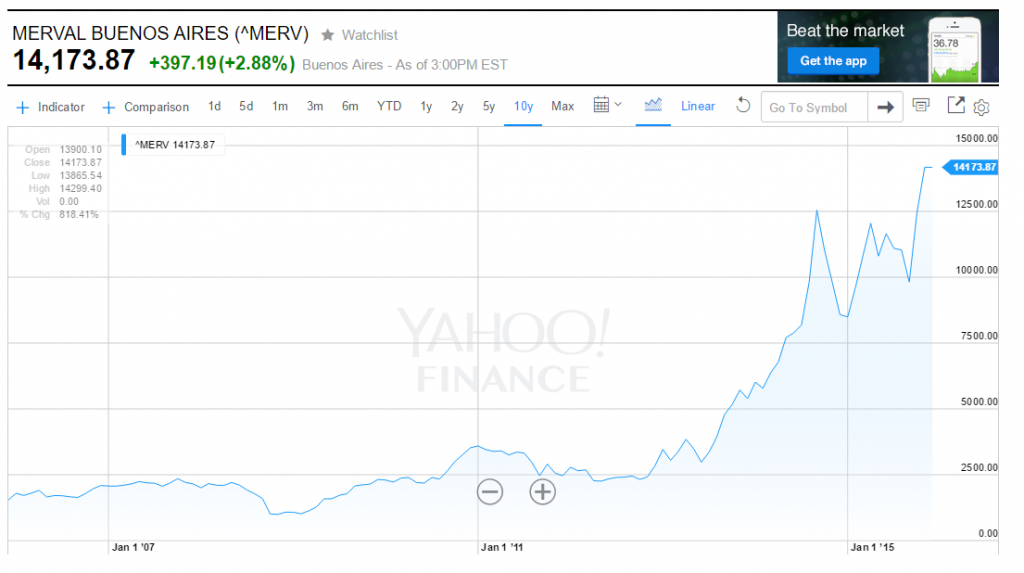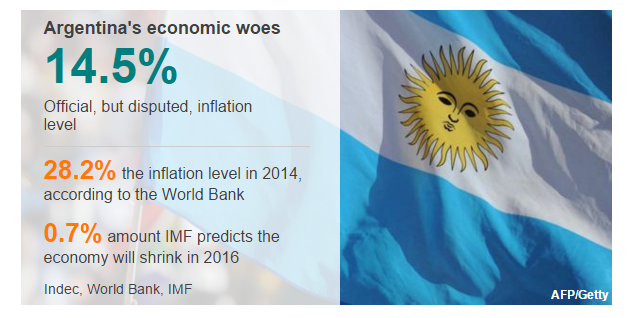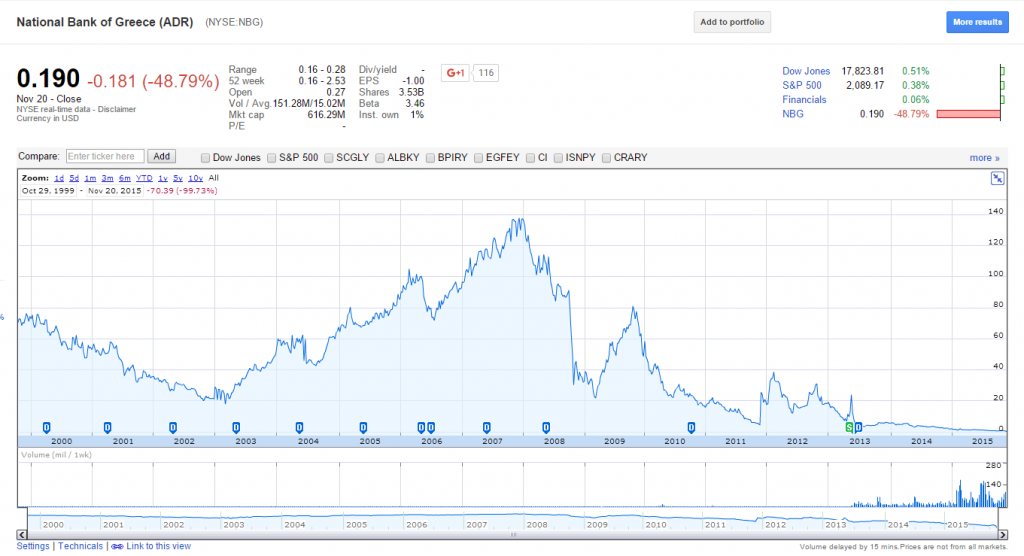The Dividend Yields of select equity markets at the end of October,2015 are shown in the chart below:
Click to enlarge
Data Source: Star Capital
Note: Data shown is known to be accurate from sources used.The Dividend Yields shown are based on trailing 12 month values.
The U.S. dividend yield has stayed at around 2% for the past few decades. Markets such as Australia, Singapore and the UK offer excellent dividend paying stocks. Investors seeking income can avoid countries such as Korea, India, Japan, etc. as they tend to have low dividend yields. It is interesting that Canada’s dividend yield is more than 50% of the U.S. rate. So US investors can earn higher dividends by looking for opportunities in the equity market north of border (not considering dividend withholding taxes and currency exchange rate issues).



